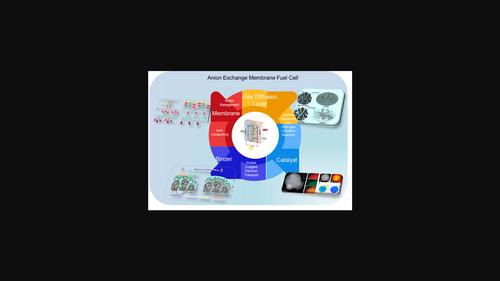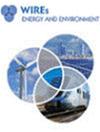Anion exchange membrane fuel cell: New insights and advancements
IF 5.4
3区 工程技术
Q2 ENERGY & FUELS
引用次数: 1
Abstract
Anion exchange membrane (AEM)‐based fuel cells as an alternative to proton exchange membrane fuel cells (PEMFCs) are attracting a lot of attention due to lower cost perceived due to use of non‐platinum group metals as the catalysts. This review has focused on the advancements in the materials that have led to achievements in performances similar to that of PEMFC and the challenges that need to be overcome to bring the technology to commercialization. The improvements in the properties of the AEM, the advancements in the AEM, binders and understandings of the cationic species adsorption on the catalysts have led to improved performances >3 W cm−2. The review also highlights the importance of the stability issues of the membranes that has to be overcome for >5000 h of continuous operation for commercialization of the alkaline AEM fuel cell technology. The advancements in other operational parameters like water management, carbonation are also highlighted.

阴离子交换膜燃料电池:新的见解和进展
基于阴离子交换膜(AEM)的燃料电池作为质子交换膜燃料电池(PEMFC)的替代品,由于使用非铂族金属作为催化剂而降低了成本,因此备受关注。这篇综述的重点是材料的进步,这些进步导致了与PEMFC类似的性能成就,以及将该技术商业化所需克服的挑战。AEM性能的改进、AEM、粘合剂的进步以及对阳离子物质在催化剂上吸附的理解导致性能的提高>3 W cm−2。该综述还强调了膜稳定性问题的重要性,对于>5000 h用于碱性AEM燃料电池技术商业化的连续操作。还强调了水管理、碳酸化等其他操作参数的进步。
本文章由计算机程序翻译,如有差异,请以英文原文为准。
求助全文
约1分钟内获得全文
求助全文
来源期刊

Wiley Interdisciplinary Reviews-Energy and Environment
ENERGY & FUELS-
CiteScore
11.70
自引率
3.30%
发文量
42
期刊介绍:
Wiley Interdisciplinary Reviews: Energy and Environmentis a new type of review journal covering all aspects of energy technology, security and environmental impact.
Energy is one of the most critical resources for the welfare and prosperity of society. It also causes adverse environmental and societal effects, notably climate change which is the severest global problem in the modern age. Finding satisfactory solutions to the challenges ahead will need a linking of energy technology innovations, security, energy poverty, and environmental and climate impacts. The broad scope of energy issues demands collaboration between different disciplines of science and technology, and strong interaction between engineering, physical and life scientists, economists, sociologists and policy-makers.
 求助内容:
求助内容: 应助结果提醒方式:
应助结果提醒方式:


